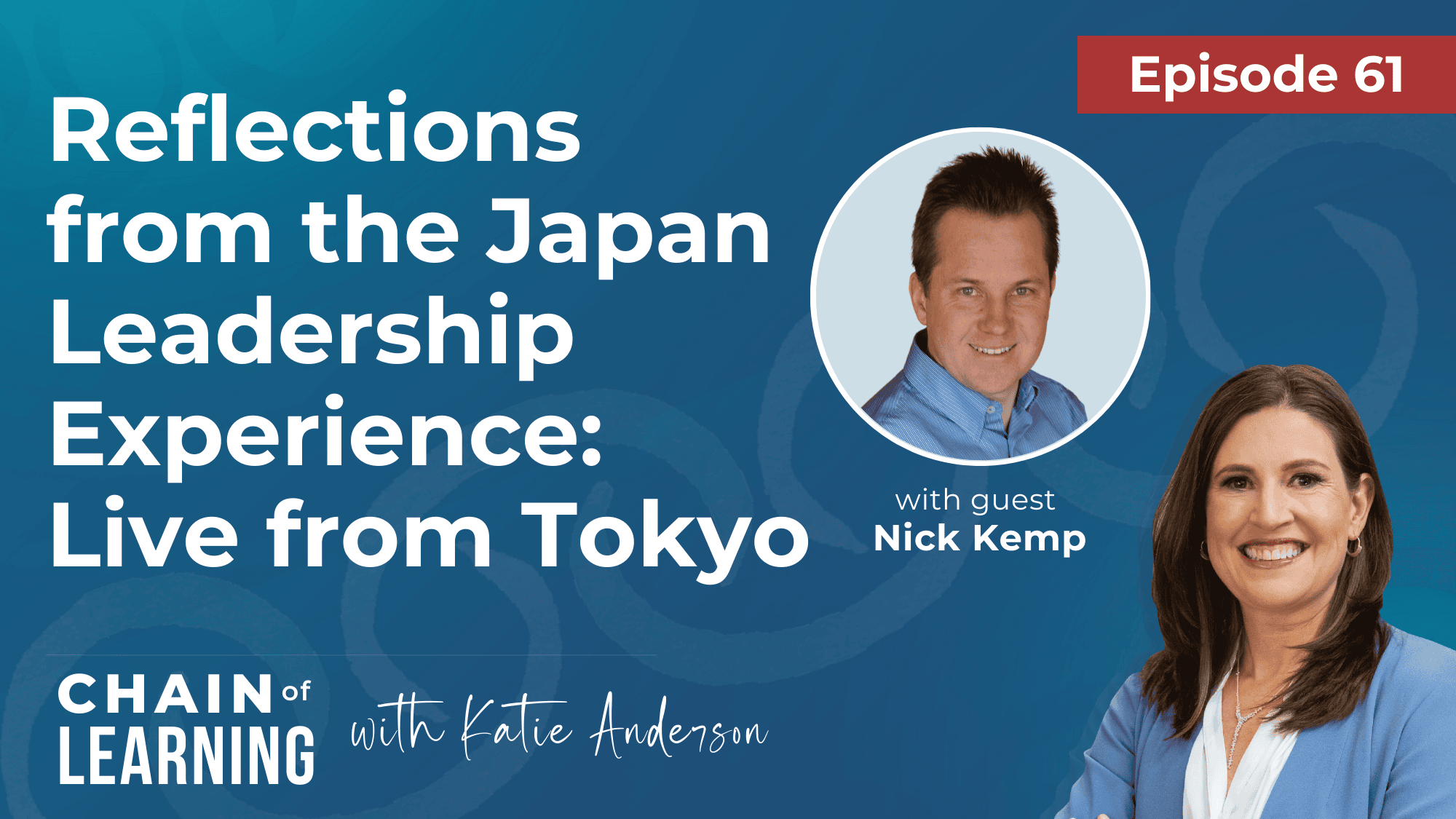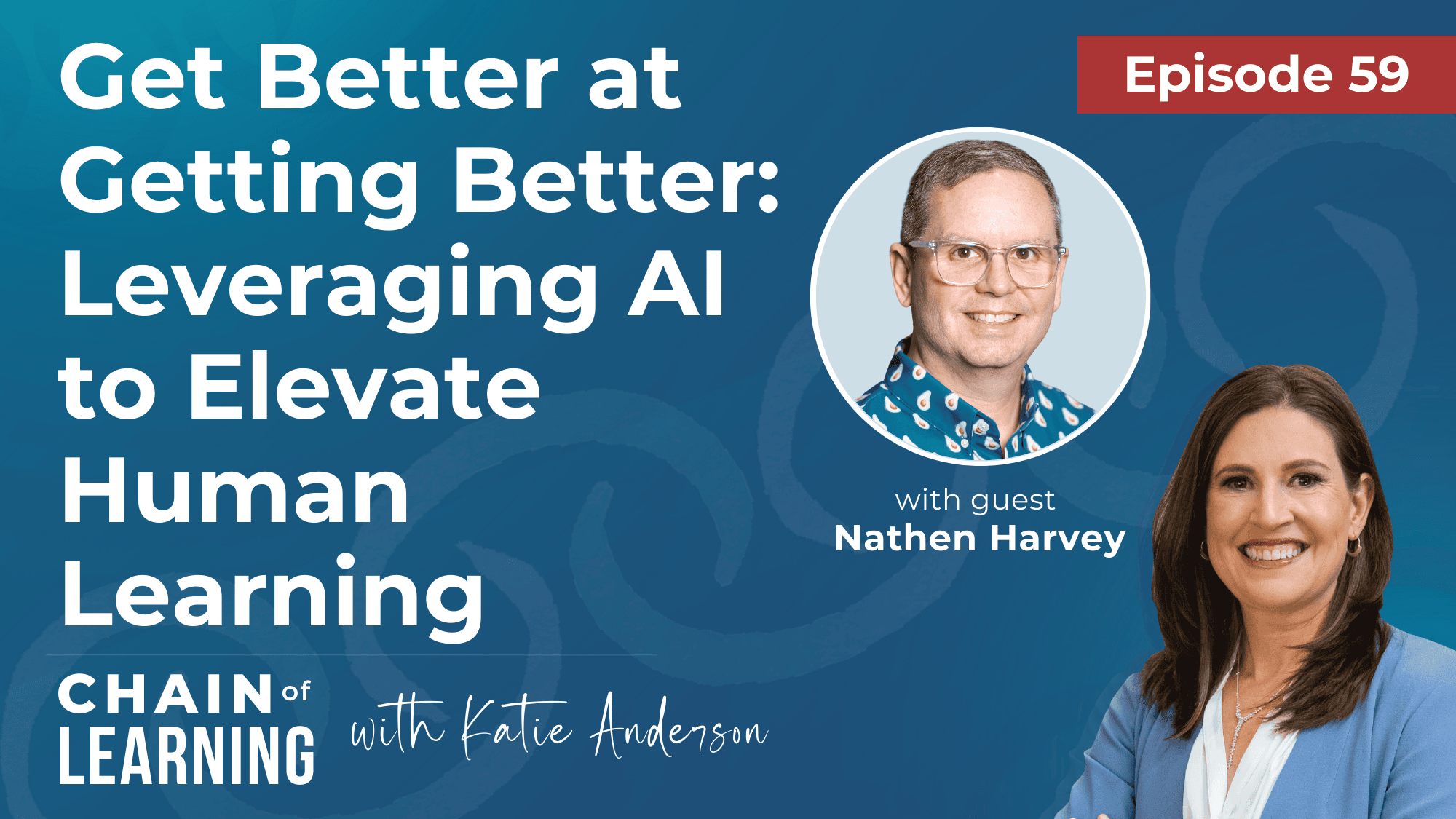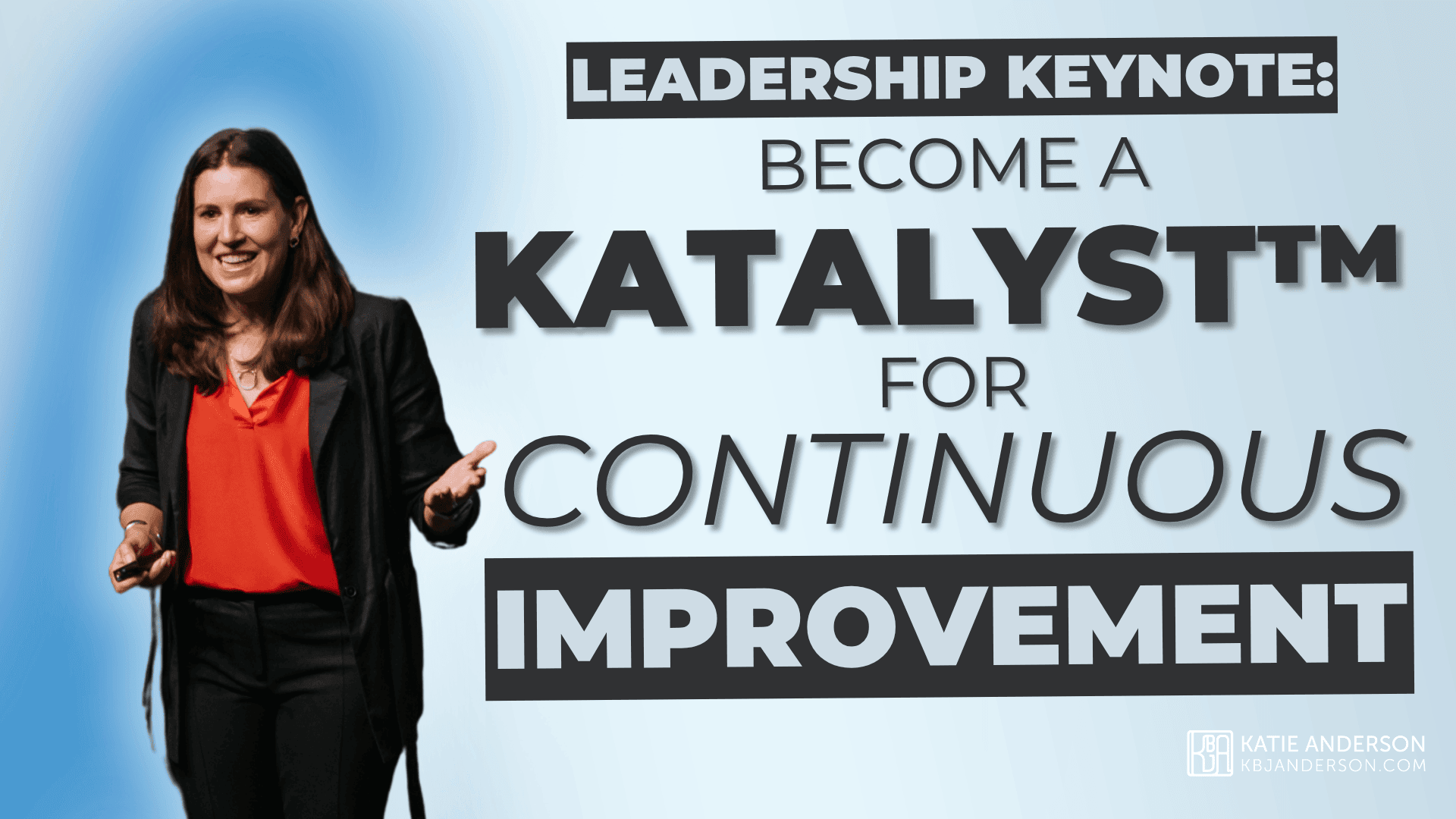Two weeks ago I went down to Osaka for the day to attend the Japan-U.S. Medical Device Innovation Forum.
I was invited to travel with two retired Japanese businessmen (from a large international Japanese company), both of whom lived in the U.S. for a large portion of their professional careers, which always leads to interesting conversation.
While my professional focus for the past 10 years has primarily been on the delivery side of healthcare, I am interested in health and wellness generally, innovation, and synergies between the United States and Japan.
It was a day that I didn’t want to pass up.
Context of the event
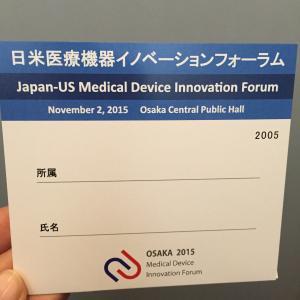
As I highlighted in my previous post, two hot topics in Japan right now are how Japan can foster innovation and learn how to apply Lean (originating from Toyota Production System) as it has evolved in the U.S. – such as “lean start-up” thinking and product development.
The speakers were a balance of Japanese and U.S. businessmen (and yes, they were all men – but more about that in my next post), with the event simultaneously translated for both languages.
The format of the conference was primarily of panels (alternating between Japanese and U.S. perspectives) with some Q & A after.
While the specific focus of the conference was on medical device innovation, the speakers referenced start-up culture more generally and the environment of innovation in Japan today.
Buzzwords of the day
Three buzzwords stuck out to me over the course of the one-day event:
- ecosystem
- innovation
- “Silicon Valley style”
Ecosystem
The word “ecosystem” was used throughout the conference by both Japanese and foreign presenters. Many speakers talked about suggestions for how Japan can create an ecosystem that supports innovation and entrepreneurship. The website for the event explains that:
The emphasis throughout will be on US-Japan collaboration between and among universities, large companies, small and medium sized companies, incubators and accelerators, start up companies, entrepreneurs, government, and medical institutions, i. e., the entire ecosystem.
However, none of the speakers defined or articulated what a complete “ecosystem” might be. I wonder if the Japanese audience members who were not familiar with start-ups could really take away what the critical elements of a desirable “entrepreneurship ecosystem” must be. My Japanese colleagues asked if “ecosystem” is a common term in American business.
Speakers suggested that the Japanese “ecosystem” should include the following elements:
- A university to foster collaboration and innovation in a “neutral” environment
- Venture firms to source funding
- Lawyers and patent experts to help protect IP
- Mentorship amongst entrepreneurs and other business people
Innovation
Last week, an article came out in Forbes.com called “Japan’s Emerging Culture of Innovation: the Invisible Things Can be the Hardest to Change” that calls out many of the issues discussed at the conference related to cultural differences that impact (positively and negatively) Japan’s culture of innovation. This article gives a good overview of the context in which the conference speakers framed their discussion.
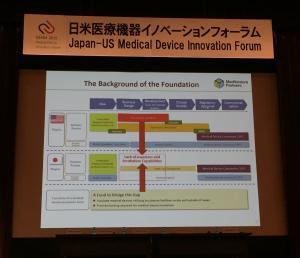
Some of the areas of opportunity that different speakers at the conference cited for Japan to grow a more robust medical device innovation “ecosystem” included:
- Increase the number of investors willing to put money into medical device start-ups.
- Create more more incubators to support entrepreneurs.
- Entrepreneurs need to work that much harder to build their network. It’s not just about the idea that makes a company successful. In Japan, people tend to work for one company for their whole careers, verus in the U.S. where people often change companies every few years (and thus get exposed to a broader network of people).
- Think about a global market when developing a new innovation, don’t be just limited to Japan – or the U.S. for that matter.
- The U.S. has an established culture of serial entrepreneurship. In Japan, it may be harder (right now) for someone to take the step from a big company to being an entrepreneur. Perhaps Japan can more quickly develop a culture of innovation within larger companies as a way to develop entrepreneurship skills and culture more broadly.
- Develop the mindset of “serious playfulness” will lead to innovation. You need to be serious and have critical thinking skills, but also be able to be playful and creative to think outside of the box.
Three comments also stood out to me in relation to Japan’s “typical Japanese business” culture and companies with a Lean management practice:
- Japan is good at procedural infrastructure, but needs to improve its approach to thinking infrastructure. I’ve observed in daily life and heard from many people (Japanese and foreigners) that the Japanese tend to follow rules and be very good at developing processes and standards. However, they have not been as strong to date across-the-board in developing “thinking infrastructure” such as critical thinking skills. A few companies such as Toyota and some other manufacturers have developed a strong thinking infrastructure system, but this is not “typical Japanese business” practice.
- Define the problem before you develop a “solution”. Companies (and individuals!) need to spend more time defining what clinical need they are trying to solve before developing the technology “solution”. Several speakers suggested that Japanese companies tend not to be as strong on this critical component. They observed that often when Japanese companies come forward seeking help or investment, they are coming with a solution looking for a problem, rather an a defined problem and an innovative idea to address the specific problem.
- Be willing to experiment, fail and learn. Companies need to learn speed. They need to be faster to develop ideas and test them out; to fail fast and move on. In order to get to great technology, lots of failure is needed along the way. It is harder in Japan and Singapore (for example) where failure is not culturally embraced. “Failure” should be rewarded not penalized.
Silicon Valley style
The formal “catchphrase” of the event was “Silicon Valley Style”. I’ve heard the use of the term “Silicon Valley style” in several venues and contexts in the past few months. The term embodies the culture (and “ecosystem”) that Silicon Valley (and some other areas) have been able to foster, particularly in regard “Lean start-up” philosophy of how to innovate and “fail fast”.
Another colleague named Rochelle Kopp, who I met on Twitter and met up with when I was in the Bay Area this summer, taught a seminar last week in Tokyo to Japanese executives about “Silicon Valley Style”. Last month she wrote a blog post about this very topic: “What Japanese Companies Can Learn from Silicon Valley About Speed and Nimbleness”. In this blog post, Rochelle sums up what I think many people have a misconception of lean being ubiquitous to Japanese management:
What most people don’t realize is that the techniques used by Silicon Valley firms – including scrum, kamban [sic] and The Lean Startup – have their roots in Japan. The difference is that Japanese firms don’t use these methods, or if they do it’s limited to manufacturing settings. What Silicon Valley firms have figured out is how to apply these productivity tools to the white collar knowledge work that is the key source of competitive advantage for most firms today – areas such as software development, product design, project management, and marketing.
Stanford Biodesign Program
 One of the co-sponsors of the event was the Stanford Biodesign Program.I was really interested to learn more about the newly launched Stanford Biodesign Program in Japan – given that I’m a Stanford alum, that I am from Silicon Valley, and that I currently live in Japan.
One of the co-sponsors of the event was the Stanford Biodesign Program.I was really interested to learn more about the newly launched Stanford Biodesign Program in Japan – given that I’m a Stanford alum, that I am from Silicon Valley, and that I currently live in Japan.
The Stanford Biodesign program focuses on developing two key skills in their fellows:
- Creativity – learn how to generate ideas and be expansive
- Critical thinking – learn how to take 300 ideas and narrow down to the top 5 ideas (or needs)
I will be interested in following how the program helps develop greater biodesign innovation in Japan! I was excited to have been invited to speak to the fellows next year about my experiences developing Lean leaders in healthcare environments.






